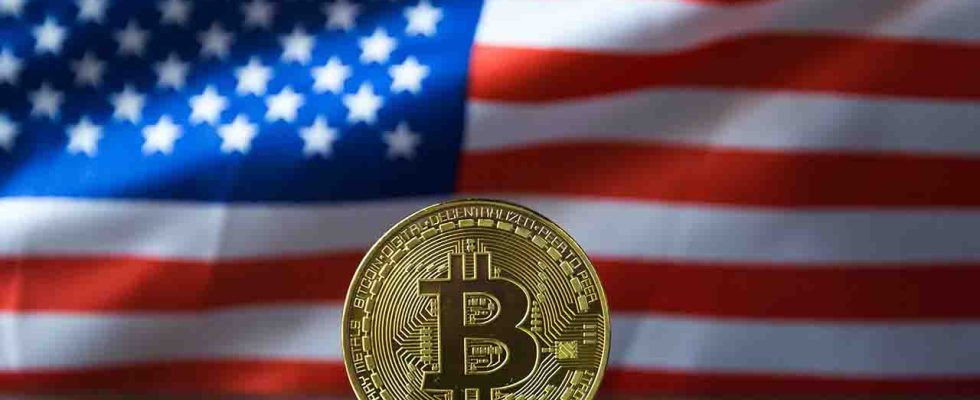US Federal Reservecontinues its insistence on reducing inflation below the 2% target. The Fed continues to review key economic data such as PCE, CPI, and employment for FOMC monetary policy decisions.
Fed officials, economists and analysts continue to scrutinize personal consumption expenditures (PCE) now that the CPI and core CPI are coming in higher than expected. As investors reevaluate monetary policy expectations, crypto and stock markets are still waiting for the Fed to cut interest rates in May.
Although CPI data was higher than expected, it had risen to $55,000. Rising spot Bitcoin ETF inflows are adding to bullish sentiment significantly.
In January, annual CPI inflation decreased to 3.1% from 3.4% in December, but continued to be slightly above market expectations of 2.9%. Additionally, annual core inflation remained stable at 3.9%, above estimates of 3.7%. On a monthly basis, consumer prices increased by 0.3%, while the core monthly rate increased to 0.4%.
DoubleLine Capital’s Jeffrey Gundlach argues that PCE data due on February 29 is currently much more important than CPI inflation data. Gundlach reiterated that the PCE “cannot go up and cause the Fed to talk about lowering interest rates.” Gundlach added that now the 3-month annualized core CPI has arrived and the 2-year Treasury yield points to an interest rate cut of approximately 100 basis points this year, so the market may calm down. However, he thinks that the Fed may start interest rate cuts in June, not May.
Morgan Stanley takes a close view, stating that the Personal Consumption Expenditures (PCE) Index is much closer to target than the Consumer Price Index (CPI). The bank states that this situation may be worrying for Federal Reserve (Fed) officials. The bank predicts that the Fed will start reducing interest rates at its meeting in June.
Following the hot CPI data, economist Peter Schiff argues that the Fed has failed to fight inflation, which will not benefit the market or the economy; on the contrary, rising inflation means interest rates will rise. According to Schiff, this is a negative development for the US economy, stock and bond markets and the dollar, but a positive development for gold. He states that investors are not aware of this situation.
While PCE’s failure to meet market expectations will be negative for global stock markets, the crypto market will be less affected by this situation. Possible bank bankruptcies and the halving of Bitcoin’s value will increase investments, especially in Bitcoin.
Although the crypto market declined after the CPI announcement, the Bitcoin price fell below $50,000, but the total value of the global crypto market remained resilient at $1.87 trillion. Gold, Bitcoin’s rival, has lost value and it is predicted that investors will prefer to invest in Bitcoin and Ethereum under current conditions.
According to CME FedWatch Tool, a 25 basis point interest rate cut is expected with a 52% probability in June following the CPI announcement; There is no possibility of any interest rate reduction in March and May.
In the crypto derivatives market, despite the selling pressure in the spot market, traders are still on a positive note. Open interest in crypto futures decreased slightly from $47.32 billion to $46.94 billion, while open interest in total BTC and ETH options increased 2% to $24.29 billion and open interest in CME BTC Futures increased to $6.28 billion. reached.
BTC price rose to $51,667 after falling to $48,472 post-CPI, and the increase in trading volume in the last 24 hours indicates increased interest from traders.

